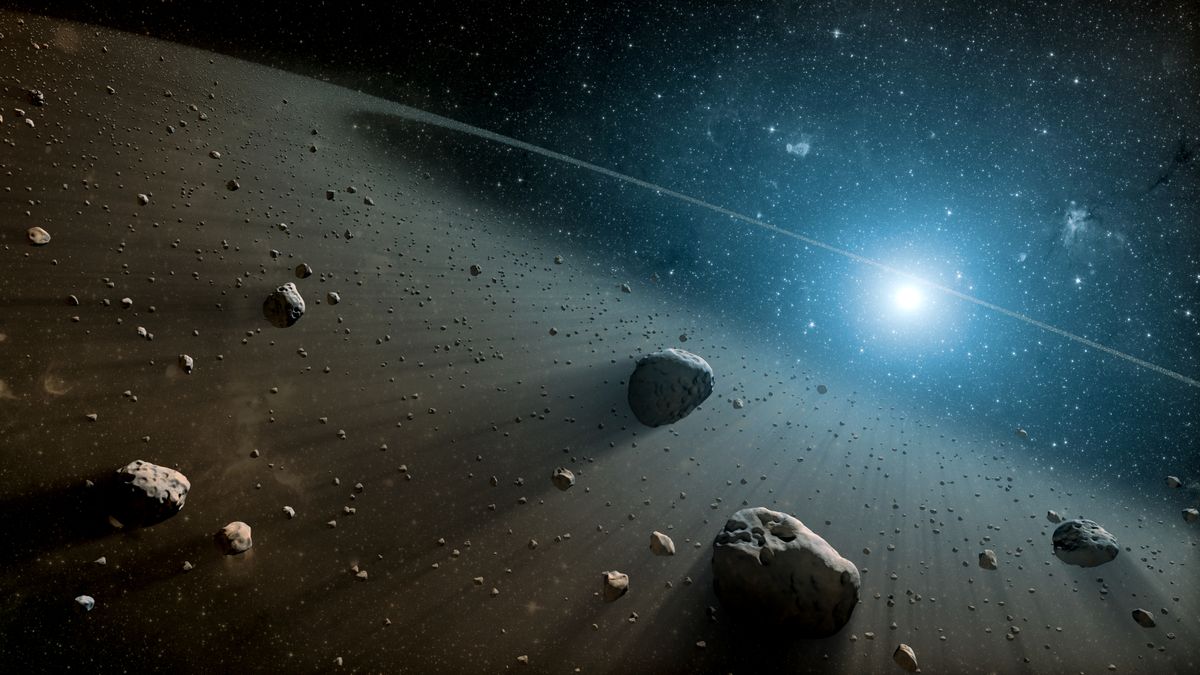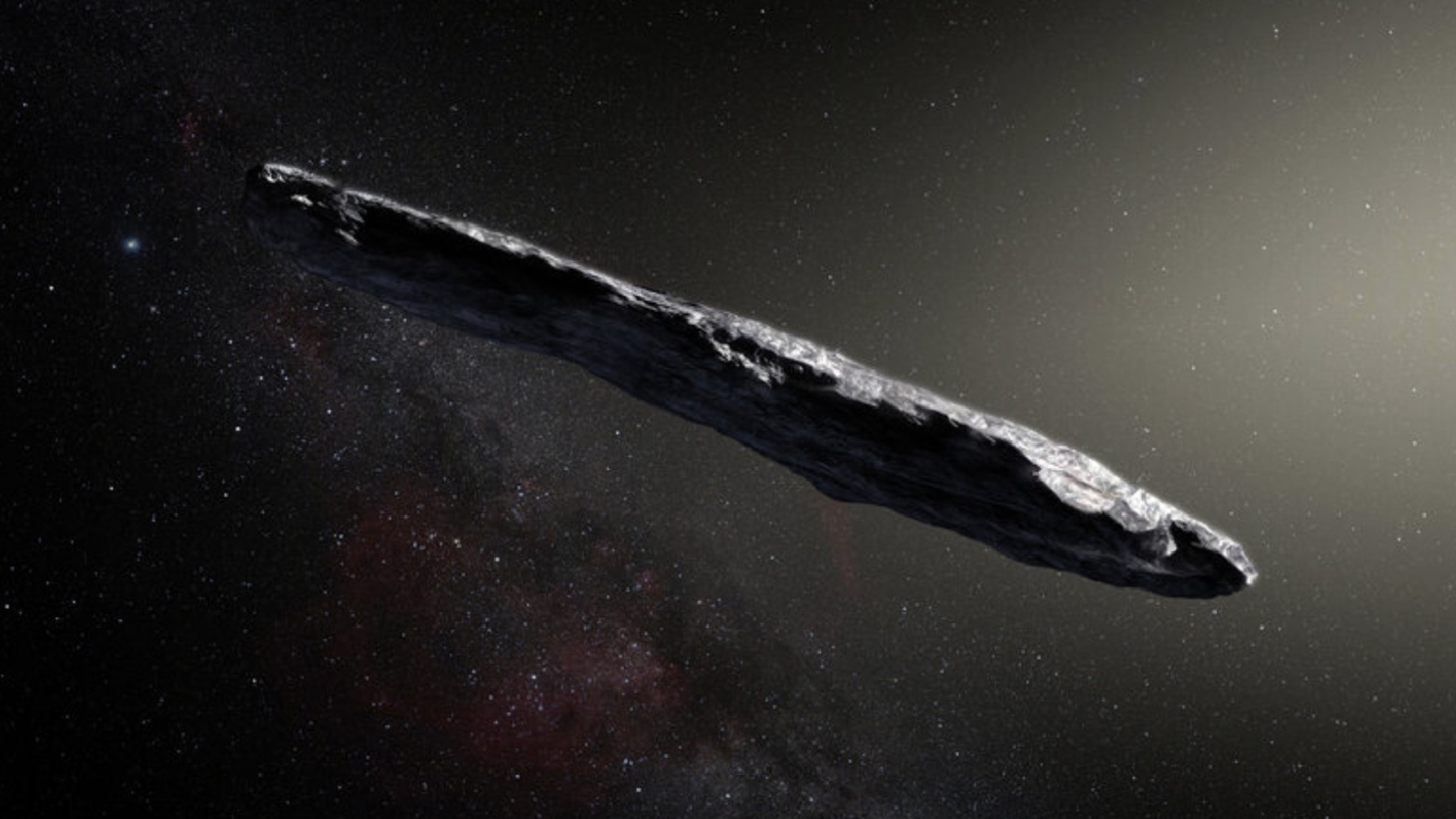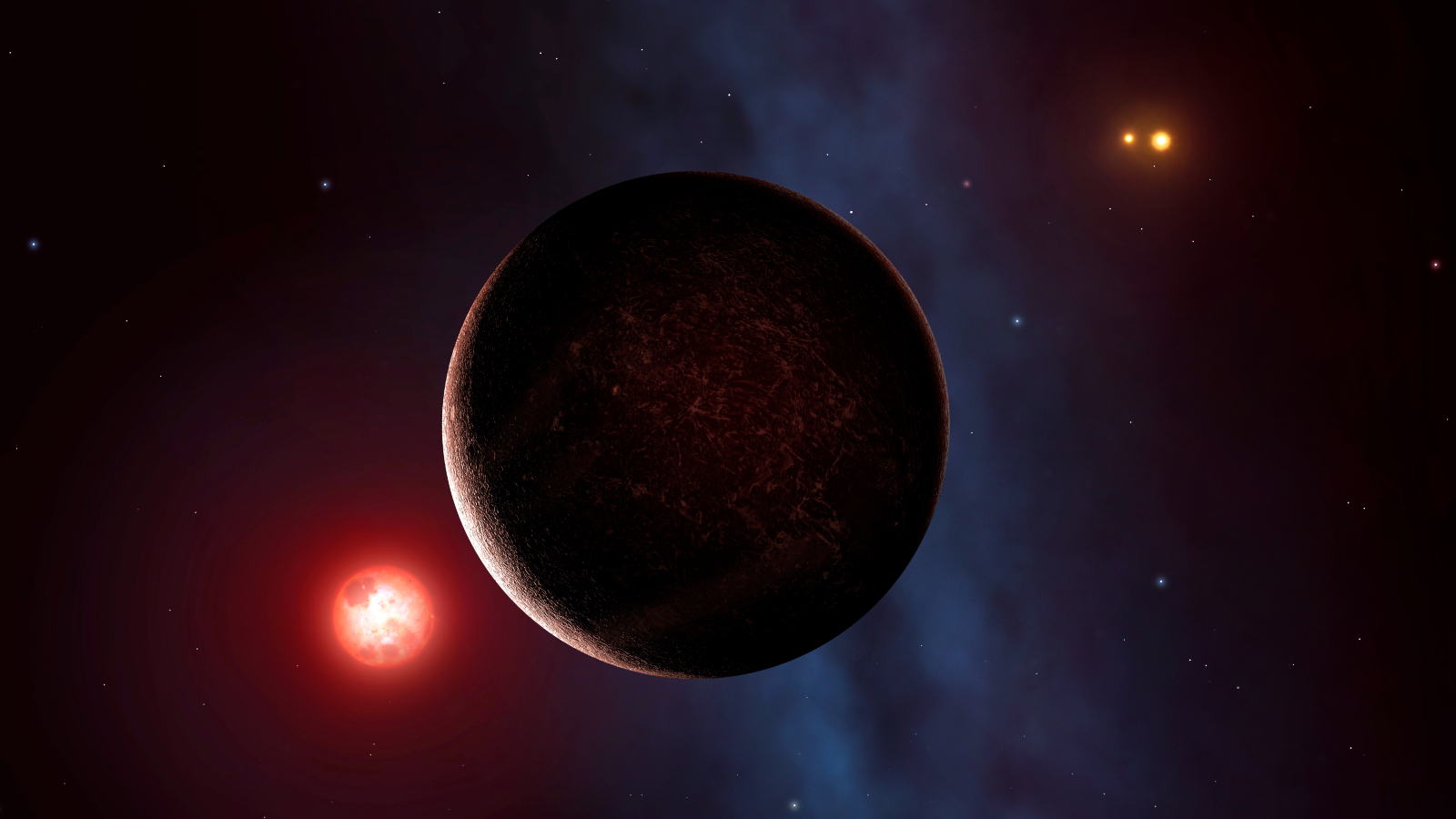
According to new simulations, over 1 million “interstellar objects” comparable in size to the Statue of Liberty could be drifting undetected in the outer solar system right now. These substantial cosmic intruders, which originated from our nearest stars, are not expected to approach Earth. However, the study suggests that smaller interstellar particles are likely impacting our planet annually.
Until recently, scientists had confirmed the existence of only two interstellar objects within our solar system: ‘Oumuamua, an elongated object that sparked speculation of being an alien probe upon its detection in 2017, and Comet Borisov, discovered in 2019. Both of these objects, now long gone, were noted for their high speeds, indicating their origin from interstellar space.
Researchers have long theorized that numerous other alien objects traverse the solar system undetected each year, with many more likely residing here permanently. Multiple spacecraft, including NASA’s now-retired Cassini mission, have identified tiny interstellar dust particles coming through the solar system.
A new study, published on February 5 on the pre-print server arXiv, simulated the volume of interstellar material expelled from Alpha Centauri, the nearest star system to Earth, over the past 100 million years. The findings indicate that approximately 1 million “macroscopic objects,” each exceeding 330 feet (100 meters) in diameter, currently float within our solar system. (This research has been accepted for publication in The Planetary Science Journal but has not yet undergone peer review.)
In contrast to ‘Oumuamua and Borisov, these hypothetical interstellar bodies are believed to be permanently bound by the sun’s gravity and likely inhabit the Oort Cloud, a vast reservoir of comets and asteroids located near the solar system’s outer edge. As a result, they remain nearly impossible to detect.
Related: 8 Unusual Objects Potentially Hiding in the Outer Solar System

The research team also modeled the journey of smaller particles from Alpha Centauri to our solar system. They estimate that particles larger than 100 micrometers (0.004 inches) can theoretically make the trip between the systems, with around 10 such particles likely burning up as meteors in Earth’s atmosphere each year.
Stellar Neighbors
The Alpha Centauri system consists of three stars: Alpha Centauri A and Alpha Centauri B, both sun-like stars in a binary configuration, and Proxima Centauri, a smaller red dwarf star that orbits the pair.
Proxima Centauri is the closest known star to our planet, located about 4.25 light-years away, and it is the only star in this system that has a confirmed planet, named Proxima Centauri b.

This entire star system is moving toward us and is projected to reach its closest point to the sun in around 28,000 years. When that occurs, the influx of objects entering the solar system is expected to rise dramatically, as the distance between the two systems will significantly decrease, according to the researchers.
The team also pointed out that the rate at which material is expelled from our solar system likely mirrors that of Alpha Centauri, suggesting that similar amounts of interstellar material from our solar neighborhood are being captured by neighboring star systems.
Gaining insight into the transfer of materials between Alpha Centauri and our solar system “opens new avenues for understanding the interconnectedness of stellar systems and the potential for material exchange throughout the galaxy,” concluded the researchers in their study.









